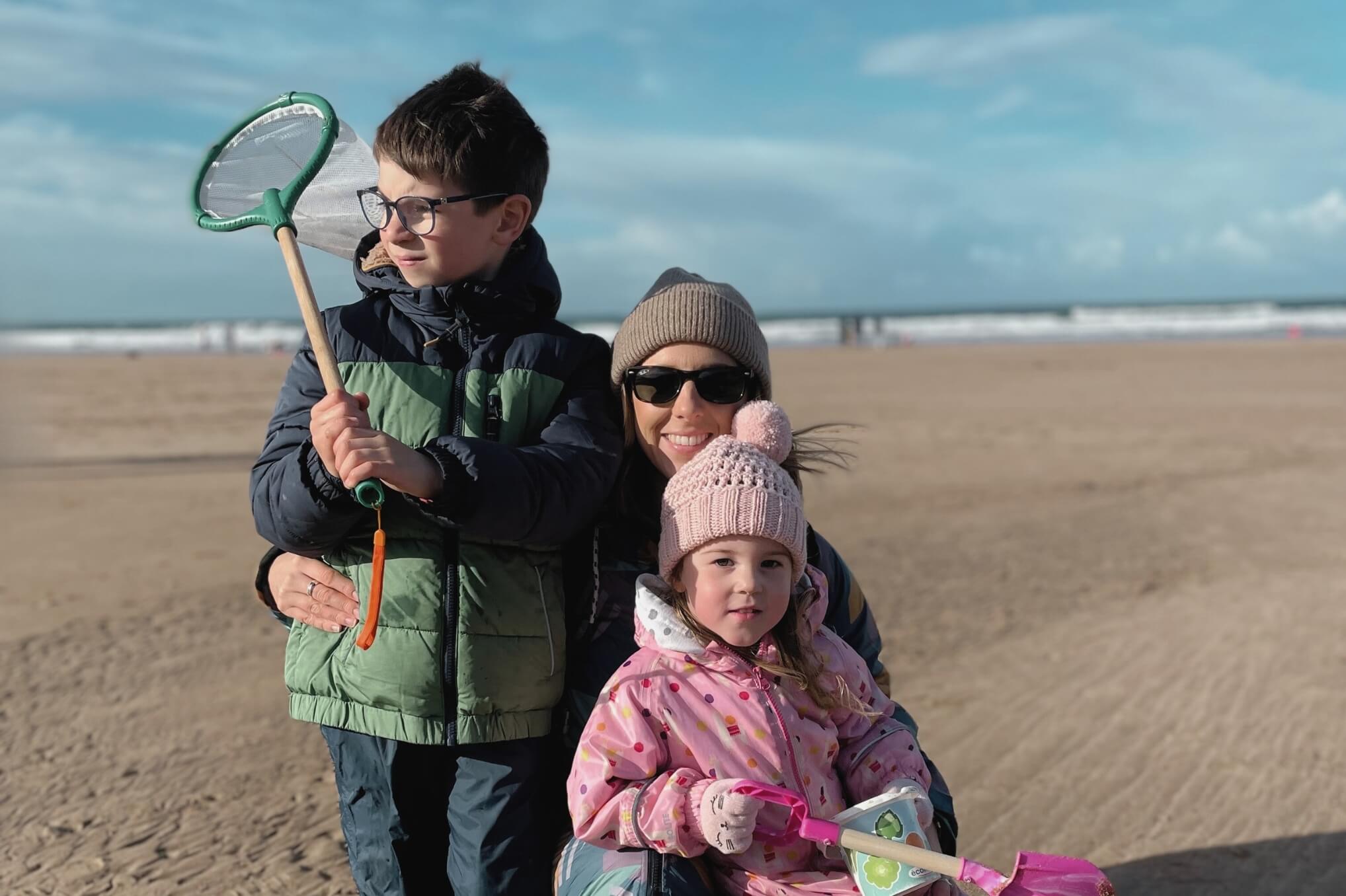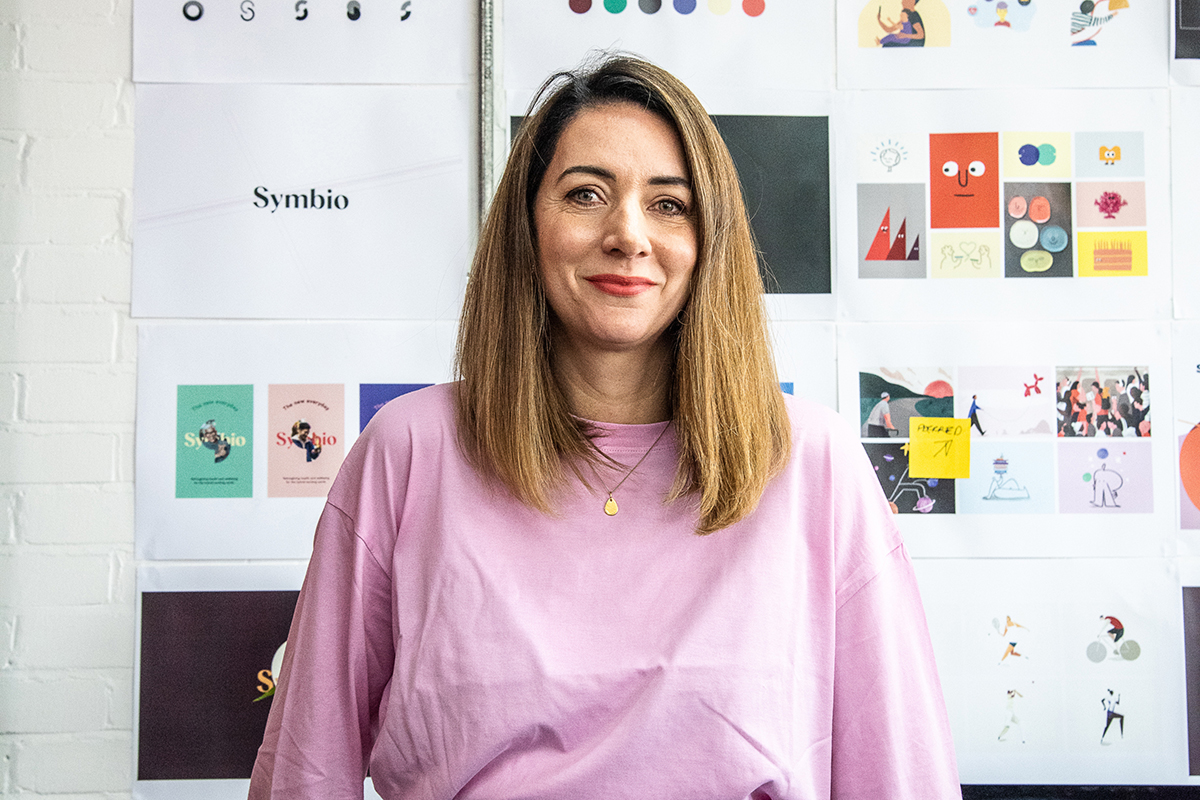How can we make flexible working the new normal?
Earlier this month I read a statistic which stated that 98% of mothers want to return to work after having children, but 87% find it impossible to balance full-time work and childcare*. This really shocked me. In fact, it compelled me (a non-writer) to share my experience!

This sad statistic shouldn’t be the case, it shouldn’t be so hard, especially now we’re on the other side of a pandemic which certainly turned the norm on its head.
I’m a working Mum of two. I know, from experience, that it’s not easy, but we can and should make it easier for working parents. We’re not the minority, in fact we’re a huge proportion of the working population.
Looking back, in 2017 when I had my son George, I was working full-time as a designer at Salad. Perhaps naively, I hadn’t considered that going back part-time could be a problem. Understandably, it was new territory for Salad. You don’t hear or see advertised part time design roles, unless you’re freelance, so I felt the pressure to prove that it could work, not just for my family but for my colleagues and future employees too. It absolutely didn’t come without its challenges, but with good time management, an excellent studio manager and the support of a fantastic team, we proved it could work!
Then, in 2020 I had my little girl, Jessica. It was a very strange time. We were in the midst of the pandemic and there was a lot of uncertainty – no childcare, lack of job security and many unknowns for everyone. With these challenges on the cards, it forced companies to adapt and change the way they worked very quickly. We can look back and agree that these changes were pretty disruptive, but we adapted, found new ways of working, new ways of communicating, and many of these we’ve retained as standard in our new way of working.
The challenges of the parent work-life balance
So, for many parents like me, these changes to the way we work or ‘hybrid and flexible working’ as we like to call it, has been absolutely life-changing. As a mum, balancing the demands of raising two little people while working has meant these new models have enabled me to work part time from home, do the job I love, without having to sacrifice my responsibilities as a parent.
I understand that this is not possible for all, but rather than being viewed as a ‘perk’, flexible working should become the norm across all industries. It empowers us parents with greater control over when and where we work, allowing for a healthier work-life balance. Flexibility makes it easier to share childcare duties. It restores a sense of ownership over your career progression and role responsibilities, which can be difficult for working parents to maintain, given the time constraints of traditional office-bound jobs and full time employment.
By offering flexible working, employers stand to gain as well – retaining valuable talent who might otherwise have faced burnout or left altogether.
So, what am I trying to say? Now that we’ve emerged from the pandemic, I hope its disruption of old working models marks the beginning of a ‘new normal’ – one in which flexibility is seen not as an accommodation, but as a best practice that enables productivity, wellbeing, and equal opportunity for all – not just parents. Yes, some may say that work culture still has far to go, but these changes have shown that a modern workplace can successfully align the needs of employees and their families if given the chance.





